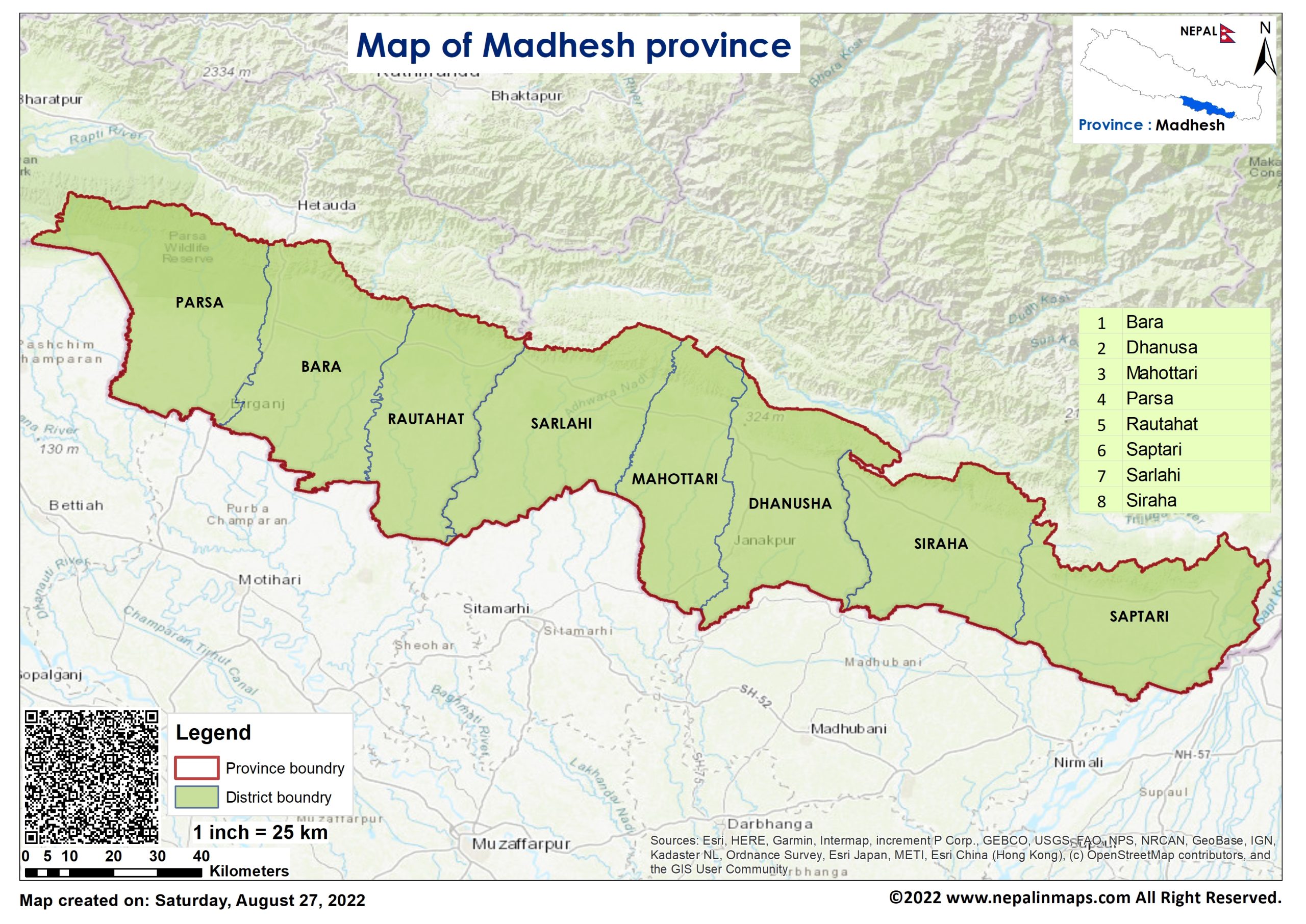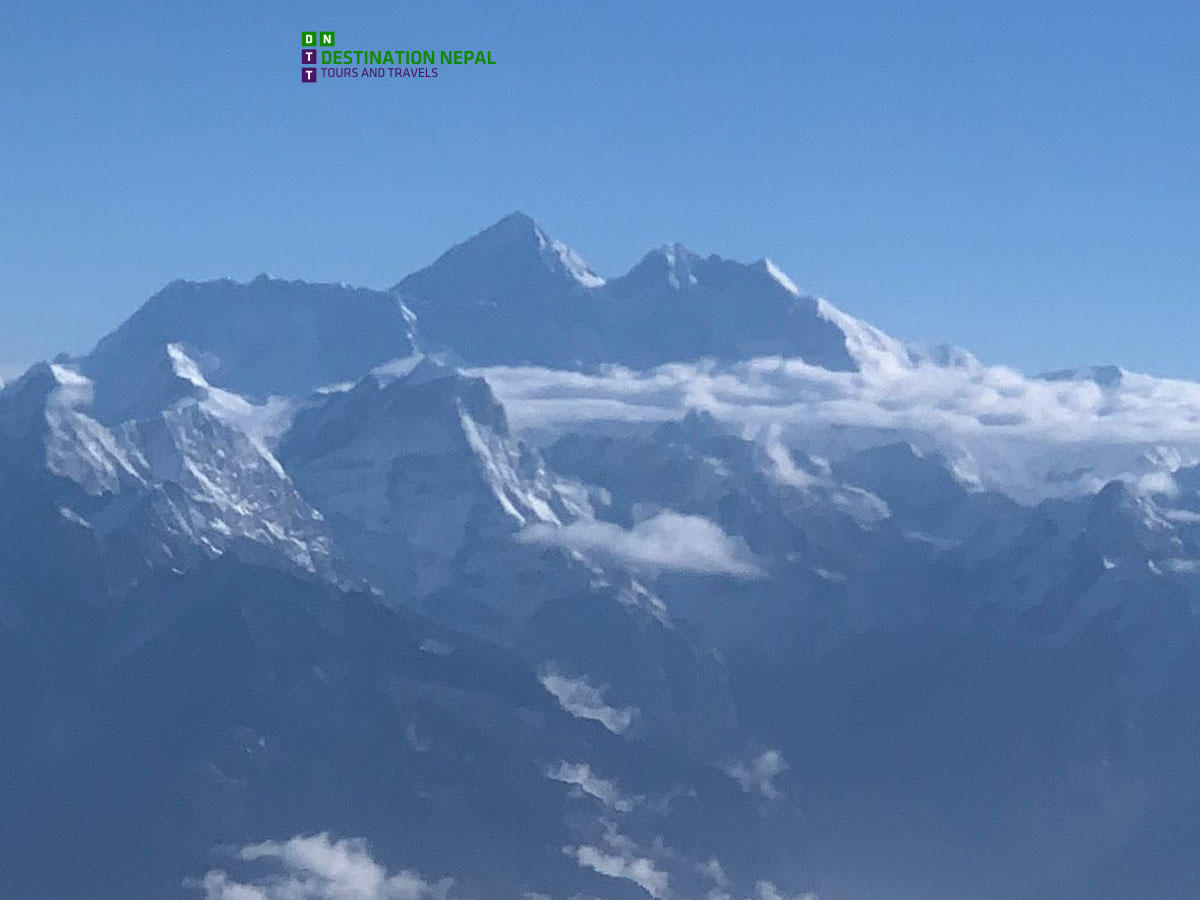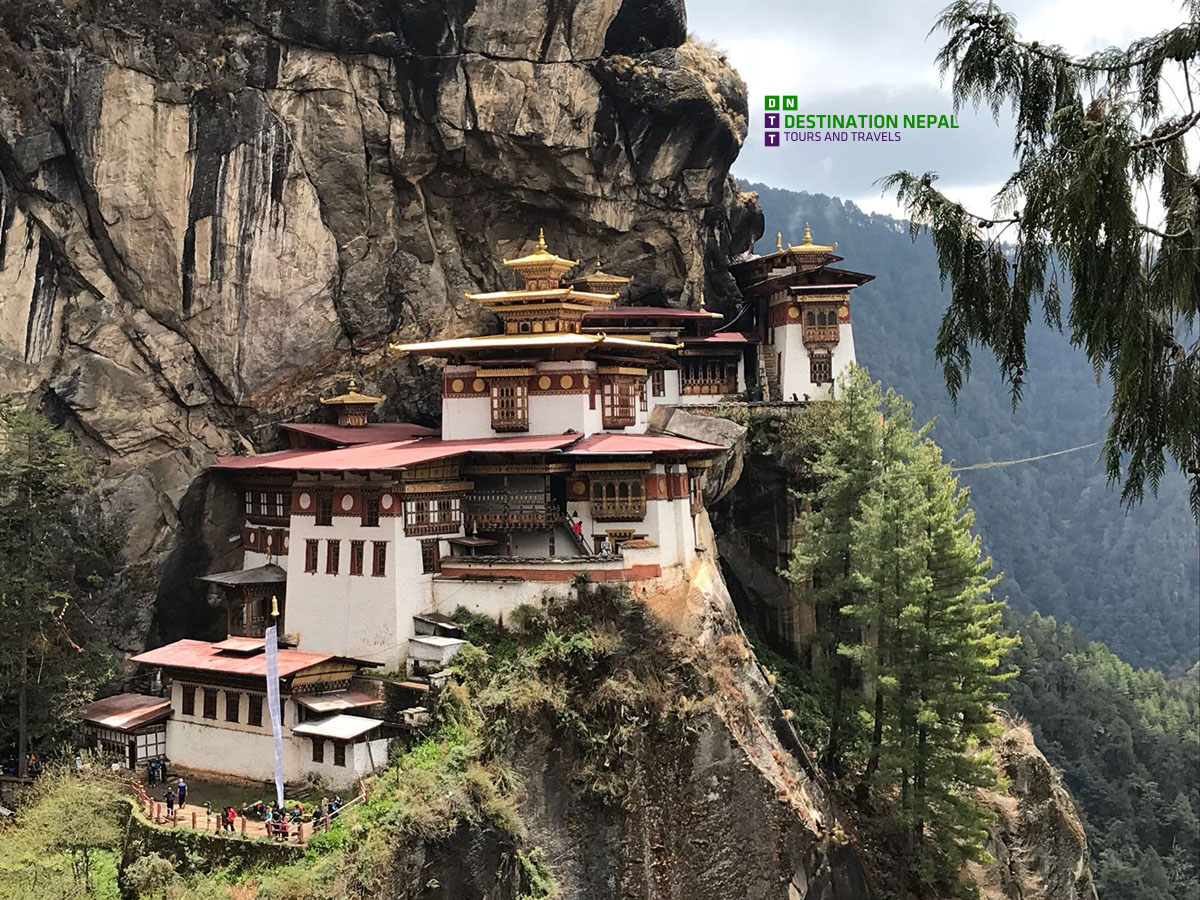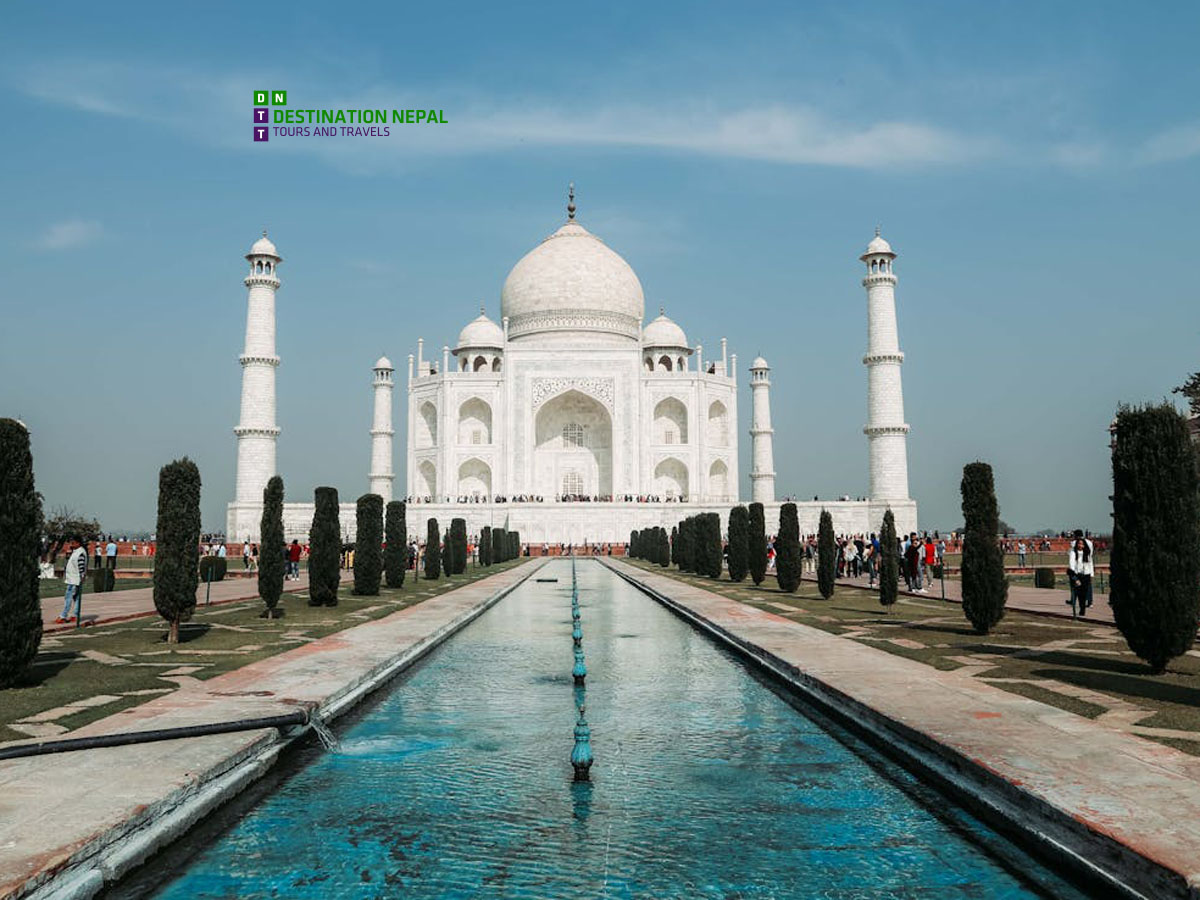Places to visit in Madesh Province

Madesh Province is one of the seven provinces of Nepal, located in the southern part of the country. It was formed in 2015 after the adoption of the new constitution of Nepal. The province is composed of eight districts: Bara, Parsa, Rautahat, Sarlahi, Mahottari, Dhanusha, Siraha, and Saptari. The provincial capital is Janakpur.
The province covers an area of 9,661 square kilometers and has a population of around 5.4 million people, making it the second most populous province in Nepal after Madesh Province. The majority of the population in Madesh Province is engaged in agriculture, although the region has significant potential for tourism and industrial development.
Madesh Province is home to a diverse range of ethnic groups, including Madhesis, Tharus, and Muslims, who have their own unique culture, language, and customs. Janakpur, the capital of Madesh Province, is a major religious and cultural center for the Nepalese people, known for its historic temples and shrines. The province is also famous for its traditional folk dances, music, and festivals, which reflect the rich cultural heritage of the region.
Places to visit in Dhanusa
Janakpur Dham, located in southern Nepal, is a significant Hindu pilgrimage site and the birthplace of Sita, the consort of Lord Rama. Known for its historical and cultural importance, Janakpur Dham is famous for the stunning Janaki Temple, attracting devotees and tourists interested in Nepalese culture and religious tourism. Explore this sacred city to experience its vibrant festivals and spiritual heritage.
Places to visit in Mahottari
Jaleshwar Mahadev Temple, located in Mahottari district neaby Janakpur, is a revered Hindu temple dedicated to Lord Shiva. Known for its religious significance and serene atmosphere, the temple attracts pilgrims and visitors interested in Nepalese temples and spiritual tourism. A visit to Jaleshwar Mahadev Temple offers a peaceful experience amidst beautiful surroundings and rich cultural heritage.




